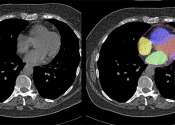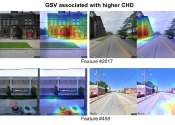Hardening of the arteries: Platelets, inflammation and a rogue protein conspire against the heart
The Lipid Hypothesis of coronary artery disease has long held that a high level of cholesterol is the causative factor of atherosclerosis, but a group of New York scientists is making a powerful case for platelets as the ...








